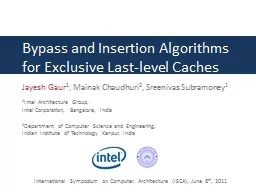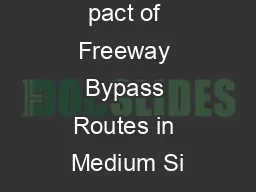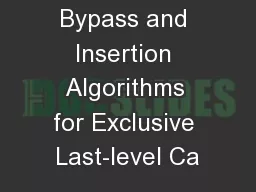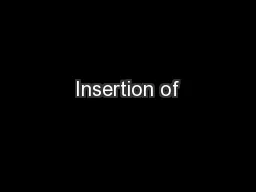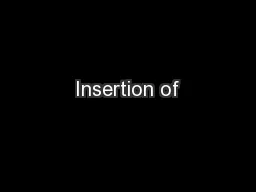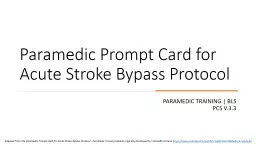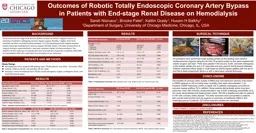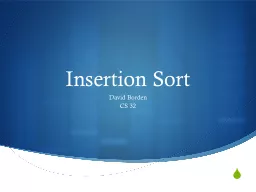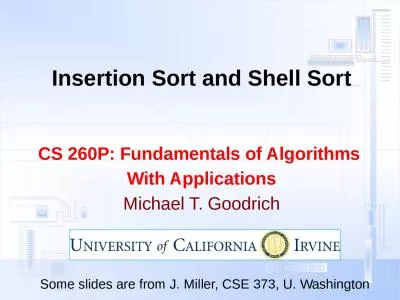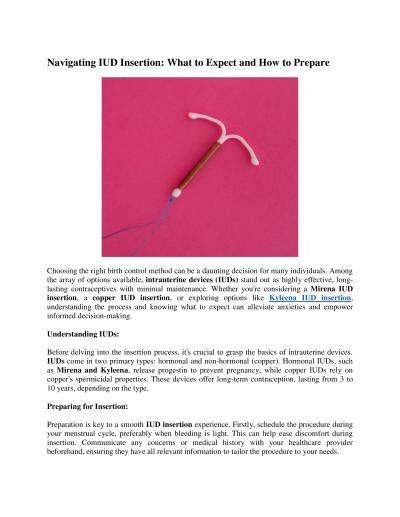PPT-Bypass and Insertion Algorithms for Exclusive Last-level Ca
Author : giovanna-bartolotta | Published Date : 2016-04-09
Jayesh Gaur 1 Mainak Chaudhuri 2 Sreenivas Subramoney 1 1 Intel Architecture Group Intel Corporation Bangalore India 2 Department of Computer Science and Engineering
Presentation Embed Code
Download Presentation
Download Presentation The PPT/PDF document "Bypass and Insertion Algorithms for Excl..." is the property of its rightful owner. Permission is granted to download and print the materials on this website for personal, non-commercial use only, and to display it on your personal computer provided you do not modify the materials and that you retain all copyright notices contained in the materials. By downloading content from our website, you accept the terms of this agreement.
Bypass and Insertion Algorithms for Exclusive Last-level Ca: Transcript
Download Rules Of Document
"Bypass and Insertion Algorithms for Exclusive Last-level Ca"The content belongs to its owner. You may download and print it for personal use, without modification, and keep all copyright notices. By downloading, you agree to these terms.
Related Documents

